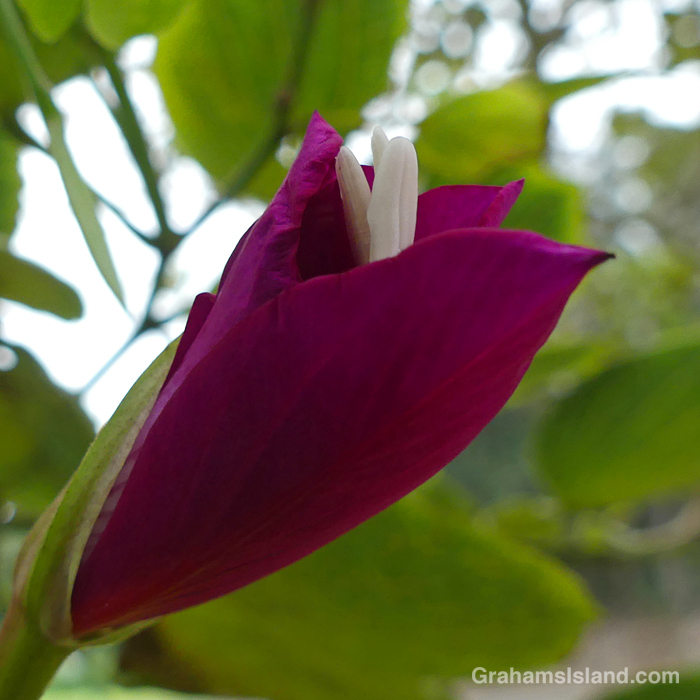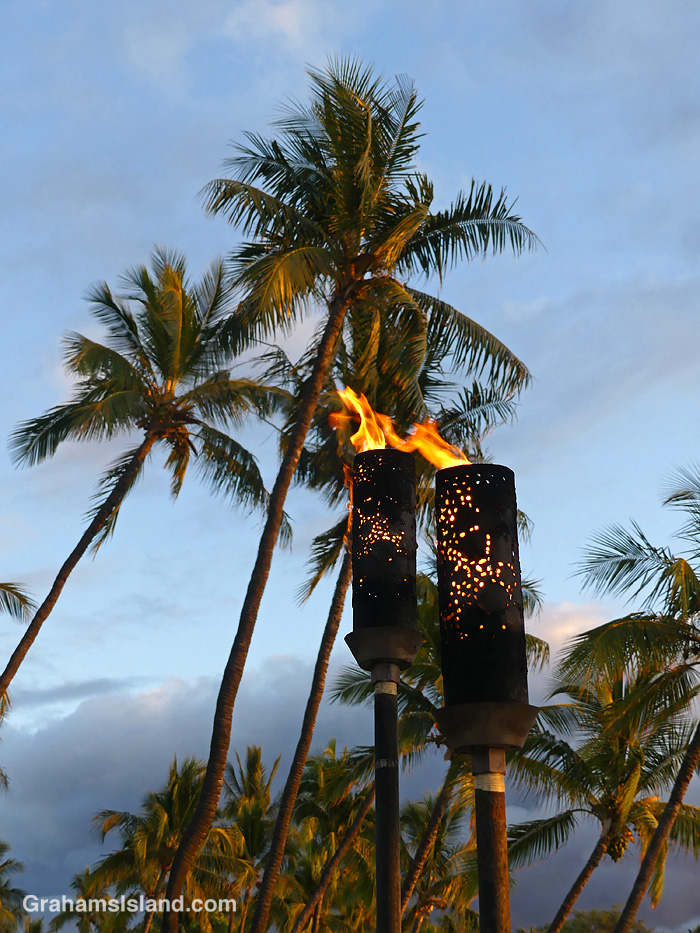
An Orchid Tree flower starts to open.
Posted for Becky’s Squares: Move Forward, Reconstruct, Renew, and/or are Burgeoning. See more responses here.


An Orchid Tree flower starts to open.
Posted for Becky’s Squares: Move Forward, Reconstruct, Renew, and/or are Burgeoning. See more responses here.

The idea of The Numbers Game is to enter a number into the search bar of your computer and then post a selection of the photos that turn up. This week’s number is 141. Captions are on the photos.
You can see more responses here.
Also posted for Becky’s Squares: Move Forward, Reconstruct, Renew, and/or are Burgeoning. See more responses here.







These were at Mauna Kea Resort when I went down there for an evening snorkel.

This week’s Sunday Stills monthly color challenge is ‘Diamond, Quartz, Crystal and/or Purple.’ See more responses here. I’m going with purple because I have nothing for the others! I was going to do another flower array, but then I had a wander around beautiful downtown Hawi and came up with these photos.






I don’t know what kind of palm this is, so I don’t know if this is what the trunk is supposed to look like or if this is something growing on it. I’ve been digging around on the internet, but haven’t found the answer yet. Any ideas?


The idea of The Numbers Game is to enter a number into the search bar of your computer and then post a selection of the photos that turn up. This week’s number is 131.
You can see more responses here.







I was driving home yesterday when I noticed some haze blowing out to sea. I thought it was rain at first, but quickly realized that this was smoke, likely another brush fire, and my heart sank. I was halfway home. Up ahead was Lapakahi and beyond that, Mahukona, two places I spend a lot of time at.
As I got closer I saw that the fire was burning at Lapakahi. Traffic was still passing on the highway though the land beside it was black and smoking. But strong trade winds had blown the fire, which apparently started near the park entrance, down towards the ocean.

My guess is the fire had been going less than an hour when I got there, though a considerable area had already burned. Fires were burning along the north edge of the area, not far from the road, but the most smoke and bigger flames could be seen closer to the ocean. It looked like the small visitor center had escaped, surrounded as it is by the looping access road. But other structures might not have been so lucky, and the native plants, birds and insects probably did not fare well.





Last week I posted photos of a Feather-legged Fly (here). What I was taking photos of, at that time, were these bees foraging on a Tree Heliotrope. I like Tree Heliotropes because they look like molecular models put together by a scientist trying to explain the meaning of life!
